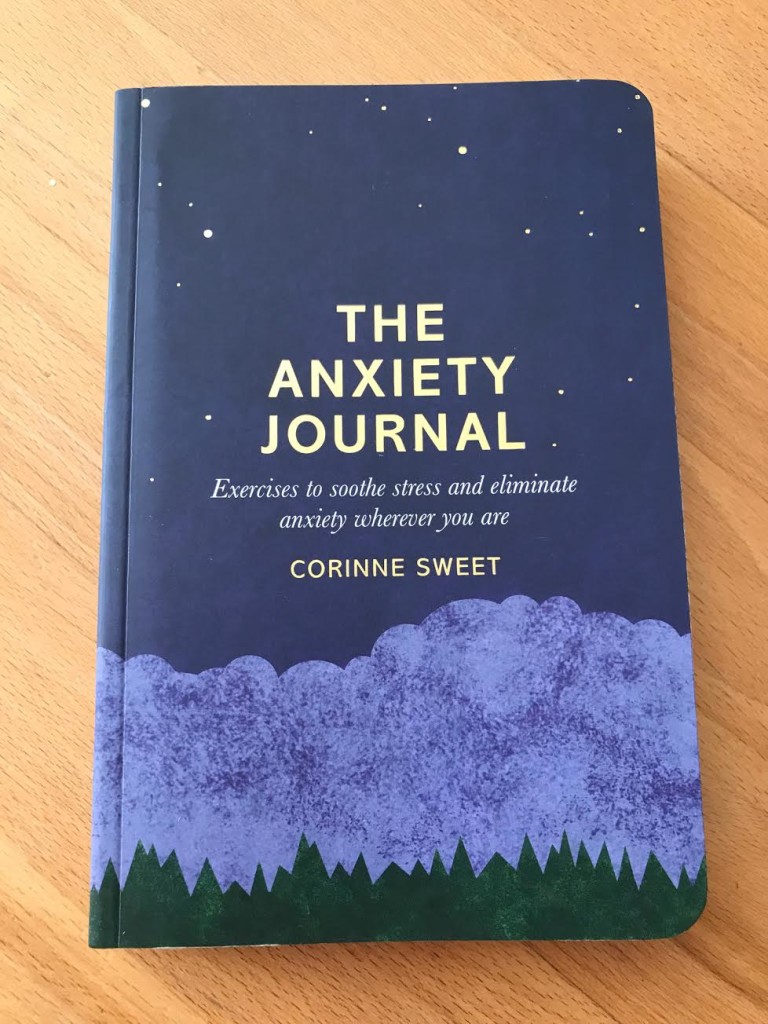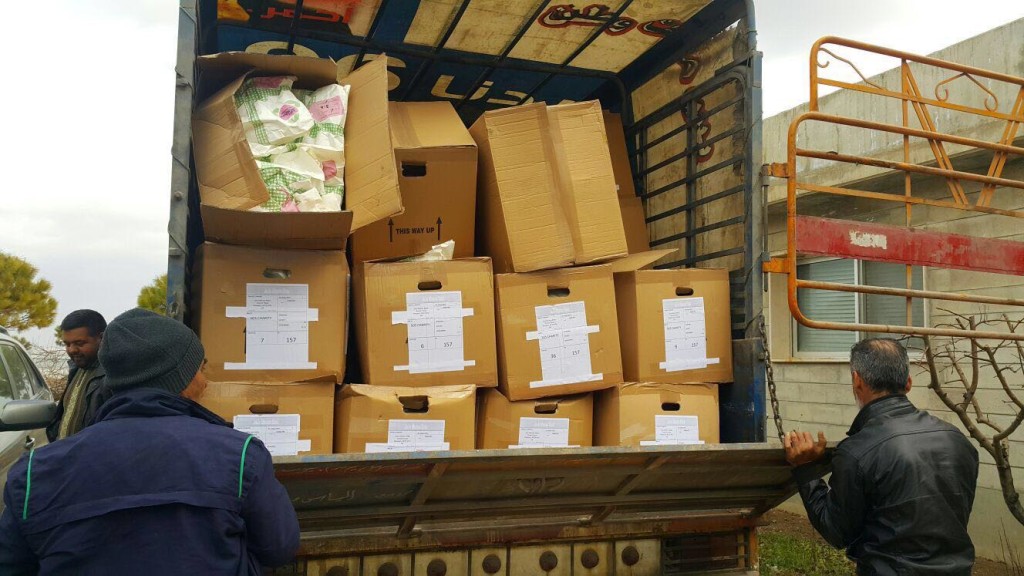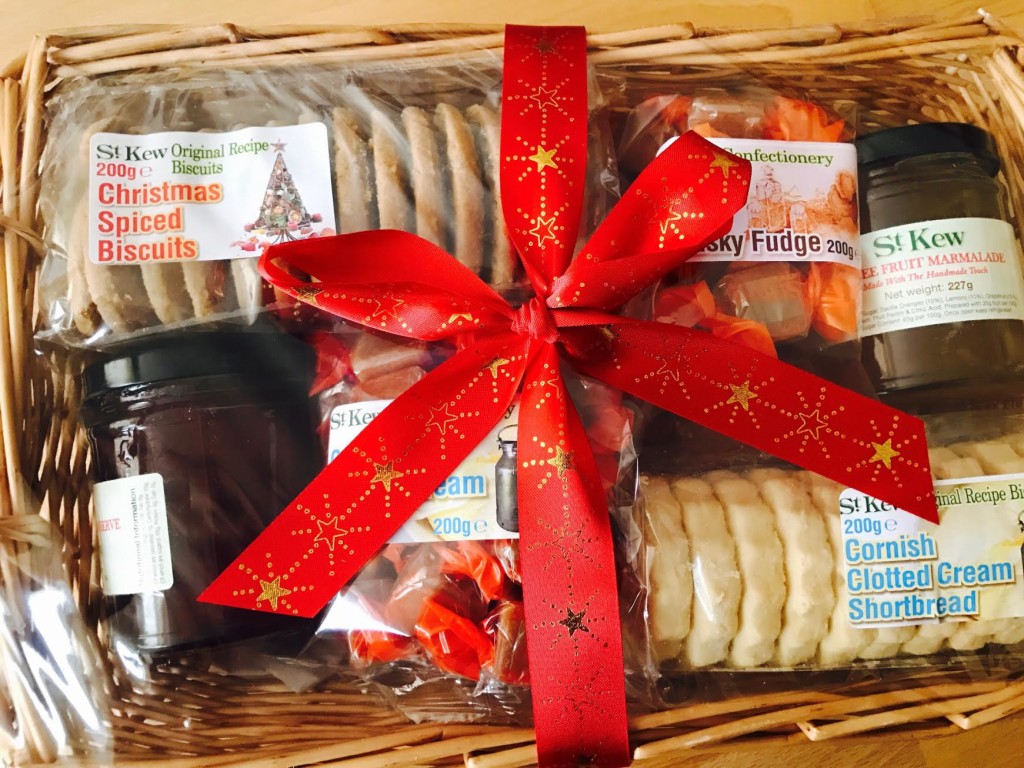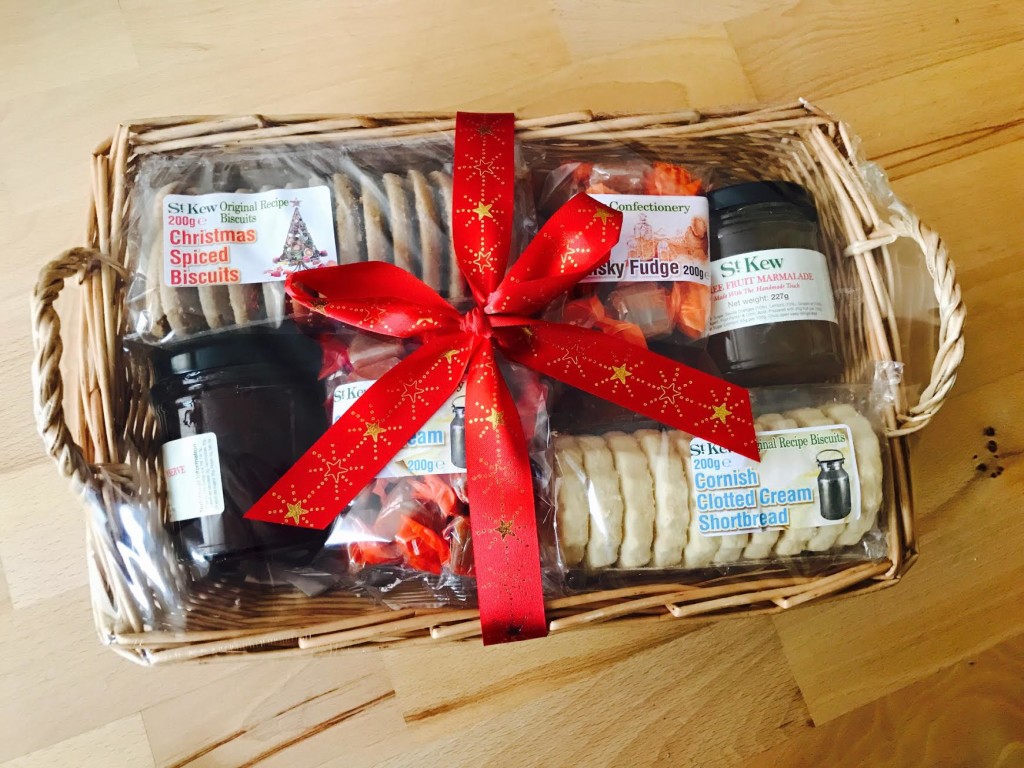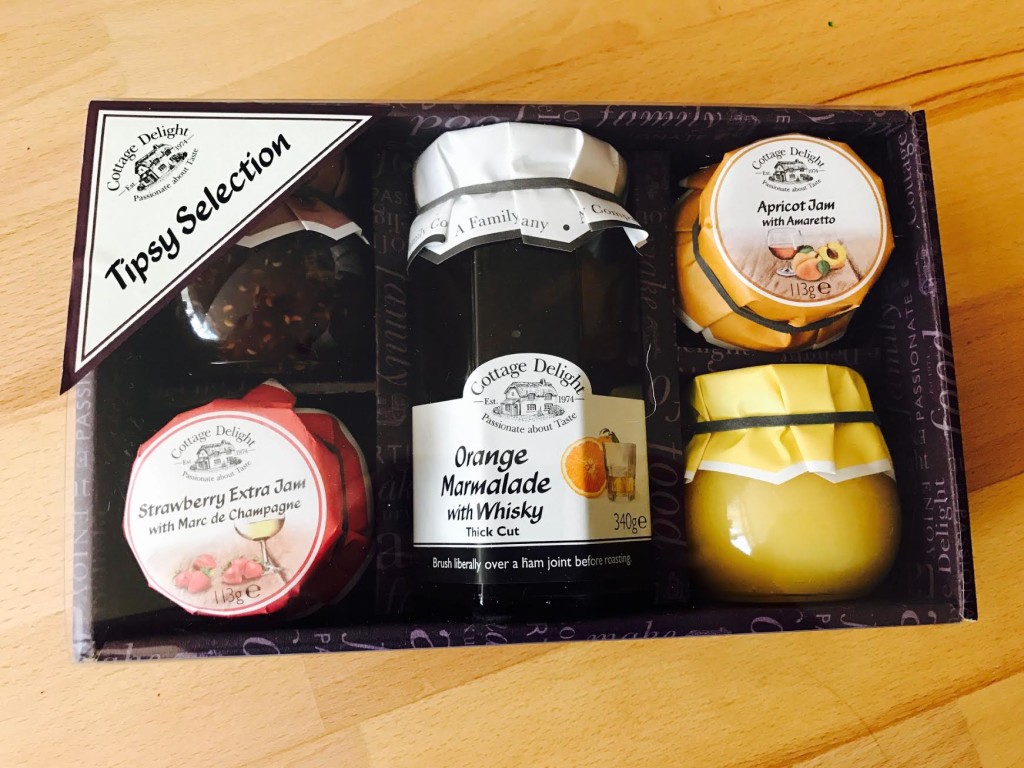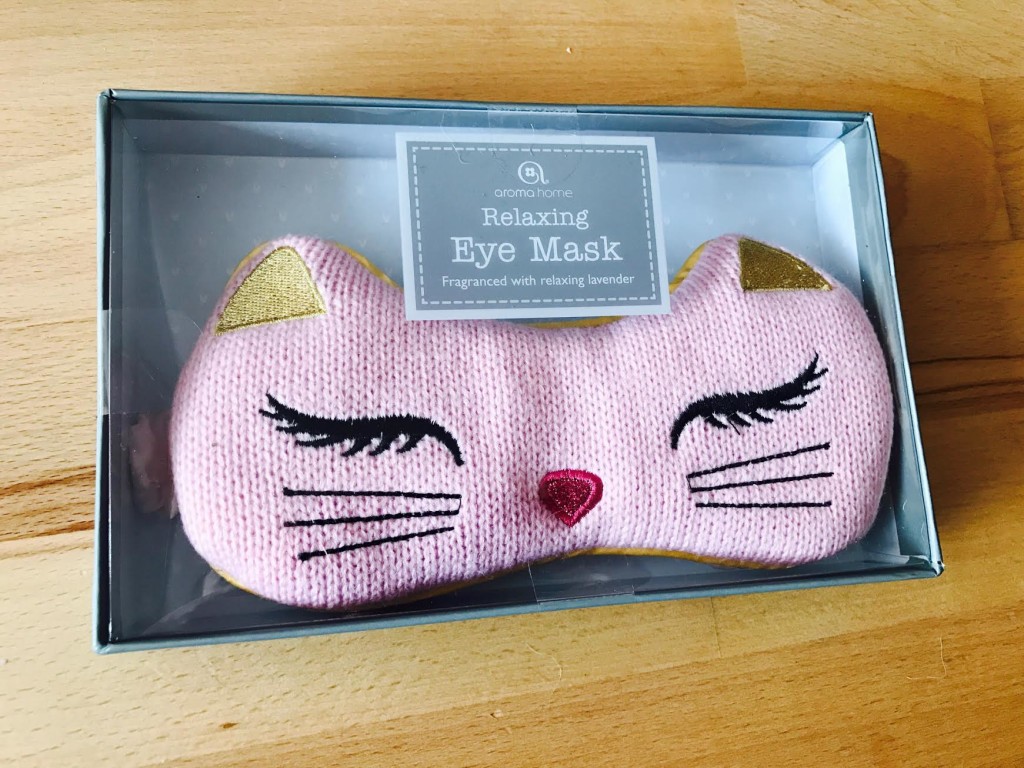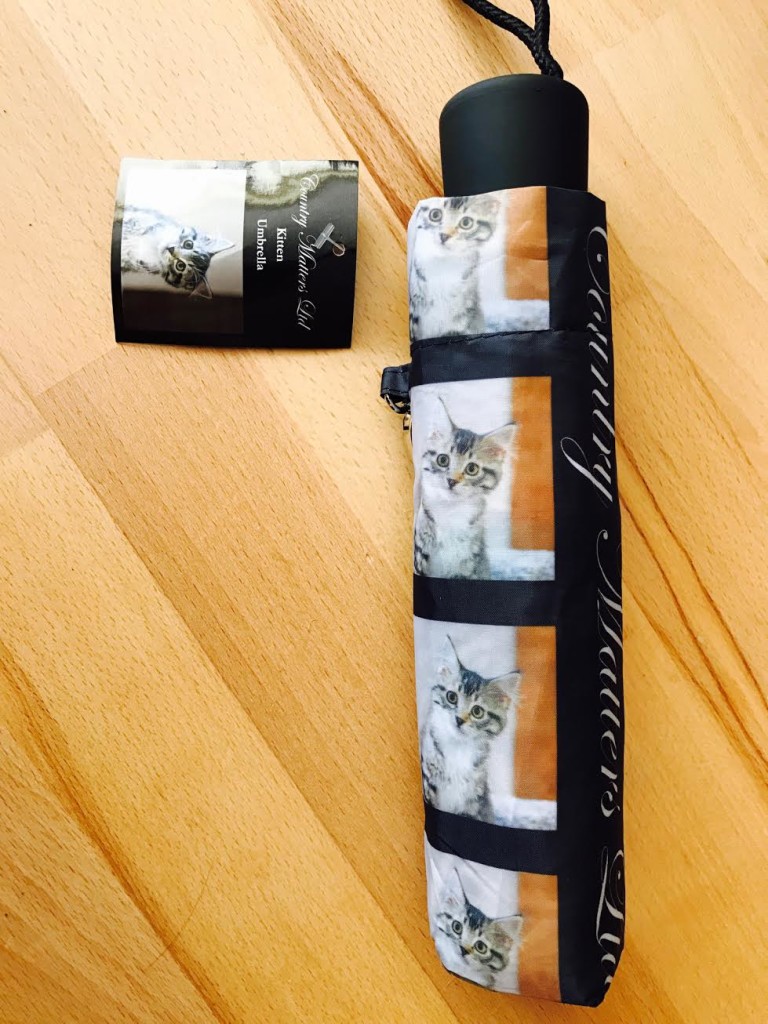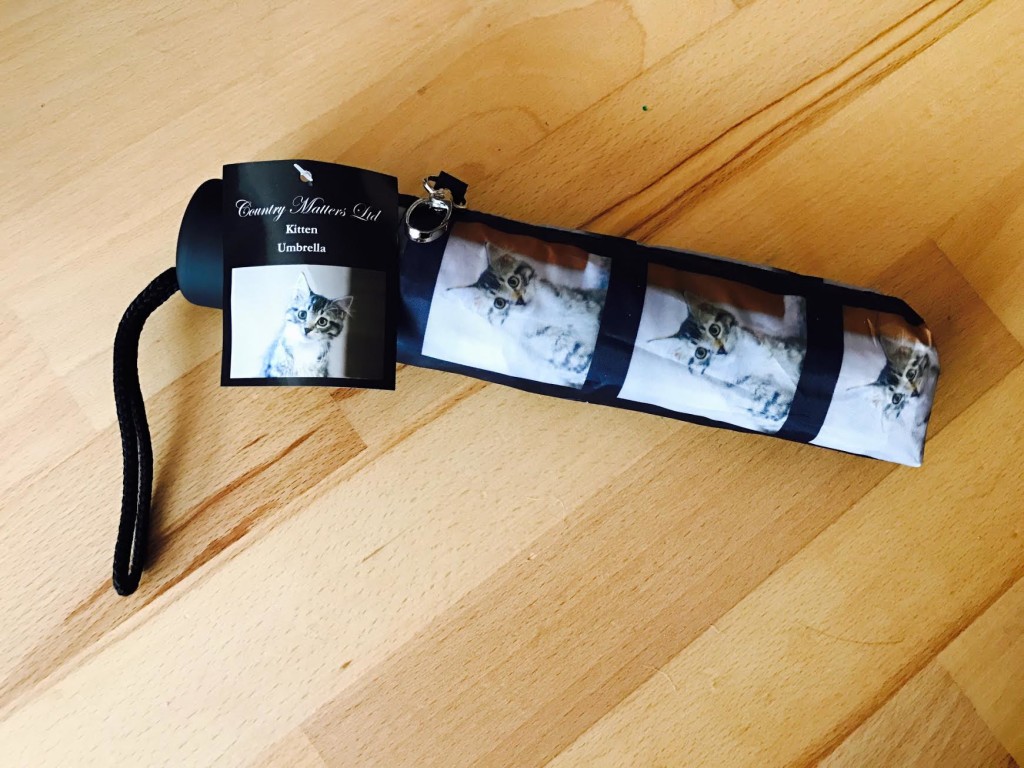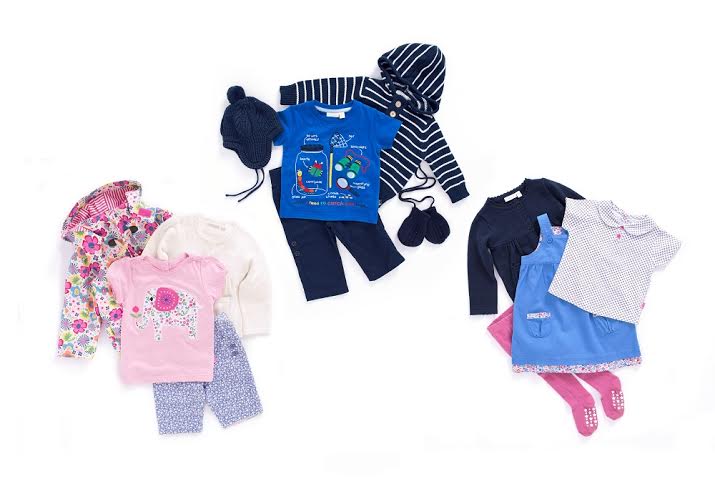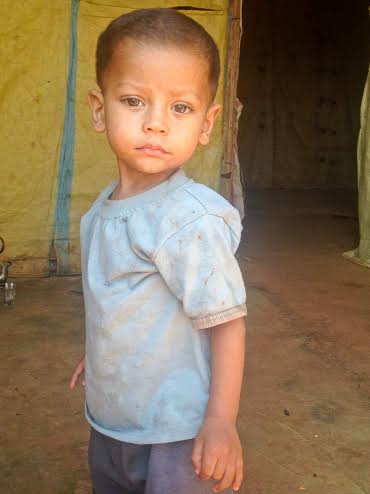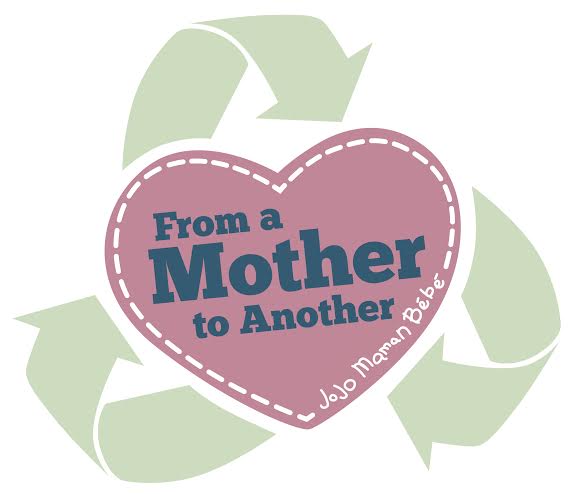 Author of Reluctantly Related Revisited: Breaking Free of the Mother-in-Law/Daughter-in-Law Conflict
Author of Reluctantly Related Revisited: Breaking Free of the Mother-in-Law/Daughter-in-Law Conflict
Tara was at her wits end. She has been nothing but nice to her fiancé’s mother, but no matter what she does or says it never seems to make a difference. Tara is already on the verge of tears when, out of the blue, her fiancé’s mother shows up at her house.
Without saying hello to Tara, her future mother-in-law Bonnie blurts out in a tone that says this is not up for discussion, “I just stopped by to drop off my wedding guest list. I added a few more people to the list. These people mean so much to me, I just couldn’t leave them off.”
Tara was caught off guard and initially didn’t respond, but when she looked at the list and saw 30 more couples added, she couldn’t stop herself, “Bonnie I understand these people are important to you, but I thought we made it perfectly clear that we have a limited number of people who can attend. We don’t have room for more.”
Glaring at Tara Bonnie’s jaw clenched as she spoke very deliberately, “I know what you said, but these people have to be invited! It’s bad enough that the wedding is going to be in that really small chapel, and that I’m not good enough to be included in any of the wedding preparations, but to not invite people who really matter to me is not acceptable. If I can’t invite them, well then…I guess I won’t come either. Obviously you also don’t have room for me!” And with that, Bonnie stormed out of the house, leaving Tara standing gaping and speechless.
Tara is about ready to throw her hands up and surrender. Bonnie is relentless with her demands. And these demands are not just about the wedding. These demands are about anything that involves Tara’s fiancé. Ever since Tara and Don became engaged his mother seems to go out of her way to come between them. Bonnie sees nothing wrong with texting her son at all hours, and then calling him when he doesn’t respond, panicked that something has happened to him. She is oblivious to how her words or actions may impact Tara and is often terse with her when she asks Bonnie a question or tries to engage her in conversation. Bonnie will also cry and claim she is just trying to be a part of their lives when Don and Tara attempt to set boundaries with her, claiming that he’s become so distant since he and Tara have been together. And the list goes on and on.
It’s funny when you are around everyone else you feel confident, strong, and capable, and yet, as soon as your future mother-in-law gets within earshot of you all your confidence and strength seem to go out the window. When you have a mother-in-law like Bonnie it is easy to feel overwhelmed.
This type of mother-in-law is one I call Off-the-Wall Wanda. Everything is about her—what she wants, how she feels or how someone has hurt, ignored or upset her in some way. She says things without thinking (or caring) how her words might affect you. She will pull out all the stops to get what she wants, whether that is through manipulation, guilt trips, or passive aggressive behavior. For her, it is all about her.
But what if your future mother-in-law is not as overwhelming as Bonnie, but you still find yourself feeling that she is a bit “overly involved?” Here is Monica’s situation with her fiancé’s mother:
Exasperated Monica starts to cry, “I can’t take much more of your mother!”
Her fiancé Greg wasn’t sure what the problem was with his mom, but he couldn’t stand it when Monica was this upset. “What’s the problem? What did she do?”
Trying to calm down, but escalating with each word, Monica spews out, “She just seems to take over. I’m trying to finish the last minute details for the wedding, get the apartment ready to move into, and every time I turn around — there she is. ‘Let me help you clean’ or ‘Here, let me get this for you or that for you’ or she’ll decide we don’t need to cook and she brings over carryout. It’s just too much!”
Greg could hear Monica’s frustration, but he really didn’t understand why she was so bothered by his mom’s behavior. “I don’t think she means anything by it. She’s just trying to help us out. You know how she is—once a mother always a mother.”
“I don’t need another mother. I already have one. And besides, I want the two of us to do these things. This is ourwedding and our apartment and the beginning of our lives together. Why can’t she ask us before she just jumps into ‘helping’ us.”
Without saying anything Greg puts his arm around Monica and holds her. Monica starts to cry, “It would be nice to be asked that’s all.”
Monica’s mother-in-law’s need to be needed and her desire to help her son and future daughter-in-law can feel overpowering. And although her intent may not be the same as Tara’s future mother-in-law Bonnie, her actions can still create a difficult situation that eventually grows into a toxic one.
Monica’s future mother-in-law is one I call Mothering Margaret. She struggles to let go of her role as mom. She often says she has let go of her son, yet her behavior shows she still has some letting go to do. Her helpful intentions are often good intentions, but she is unaware that her helpfulness may come across as controlling, intrusive or overbearing to her daughter-in-law.
Both of these situations can be a nightmare for everyone involved. I’m sure at this point you are wondering if it would be better to avoid her all together or move as far away from her as possible. Trust me, as appealing as this may be, it really isn’t the answer. Avoiding her will only make your relationship with her worse. More importantly, though, it can and will hurt your marriage. Here are some tips to help you create a better, more comfortable relationship with your soon-to-be mother-in-law:
- Let her feel a part of things – There are so many things to do when it comes to planning and executing a wedding. Let your future mother-in-law be a part of it. Let her feel that she in included, not excluded. As much as this is about you and your wedding, it is also her son’s wedding. She may not have another opportunity to be involved in such an important life event. Depending on the type of mother-in-law she is, you can give her small tasks or more important ones. You can share with her what you are doing and when you are doing things so, again, she feels she is a part of what is going on.
- Be sensitive to her transition from a primary figure to a secondary figure – As a mother she is used to having some influence over her child. Letting go of that and yet believing she is still relevant, albeit in a different way, will go a long way in helping all of you adjust to this new family dynamic.
- Find some positive things about her and build from there – Work toward developing a relationship with her that is independent of your fiancé. Get to know what she likes, dislikes, hobbies, and so on. Find something you may have in common with her. If, however, you have a mother-in-law who is like an Off-the Wall Wanda finding common ground may be difficult or next to impossible. Instead, focus on one thing you like about her or something she does well. Let this be the basis of your relationship.
- Establish some boundaries – Setting boundaries helps your in-law know and understand the “rules” of this new relationship. However depending on which type of mother-in-law you have, the boundary setting will be different.
For example, with an Off-the-Wall Wanda you will need to not only set boundaries, but you will also need to have consequences when she does not abide by those boundaries. Since she is not someone you can reason with or believe that once you’ve explained why you want her to do something she will comply, it is also critical that you do not get into a discussion as to why you are setting these boundaries. Remember she doesn’t really care about that; she is interested in getting what she wants. Once she has you engaged in explaining and rationalizing, she is likely to wear you down.
A Mothering-Margaret also needs to have boundaries set for her so that she knows what is expected of her. However, she does not need to have consequences when you set those boundaries. She really wants to have a relationship with you and will often willingly do whatever you ask. She truly struggles with what her new role is supposed to be and by setting some boundaries you are helping her understand where she fits. Remember she wants to fit in somewhere; she just needs your help to figure out where.
Your new life can easily include your extended family, particularly your mother-in-law. With these few tips you will be starting off on the right foot toward building a warm and comfortable relationship.
Deanna Brann, Ph.D. has over 30 years of experience in the mental health field as a clinical psychotherapist specializing in communication skills, family and interpersonal relationships, and conflict resolution. After running her own private practice for more than 20 years, she spent time later in her career providing business consultation to other private practice professionals in the health care and legal fields. As both a mother-in-law and daughter-in-law, her own personal experiences led her to research the subject. Her first book, Reluctantly Related, began the discussion of examining and bettering the MIL/DIL relationship and is followed by her newest book, Reluctantly Related Revisited. Brann holds a Bachelor of Science degree in Psychology, a Master of Science degree in Clinical Psychology, and a Ph.D. in Psychobiological Anthropology.
Connect with Dr. Brann at www.drdeannabrann.com or http://www.inlawsos.com/
http://facebook.com/drdeannabrann
twitter – @deannabrann
Reluctantly Related Revisited: Breaking Free of the Mother-in-Law/Daughter-in-Law Conflict available on Amazon.
 Dr Emma-Jane Down offers insight into common breastfeeding woes…
Dr Emma-Jane Down offers insight into common breastfeeding woes…
